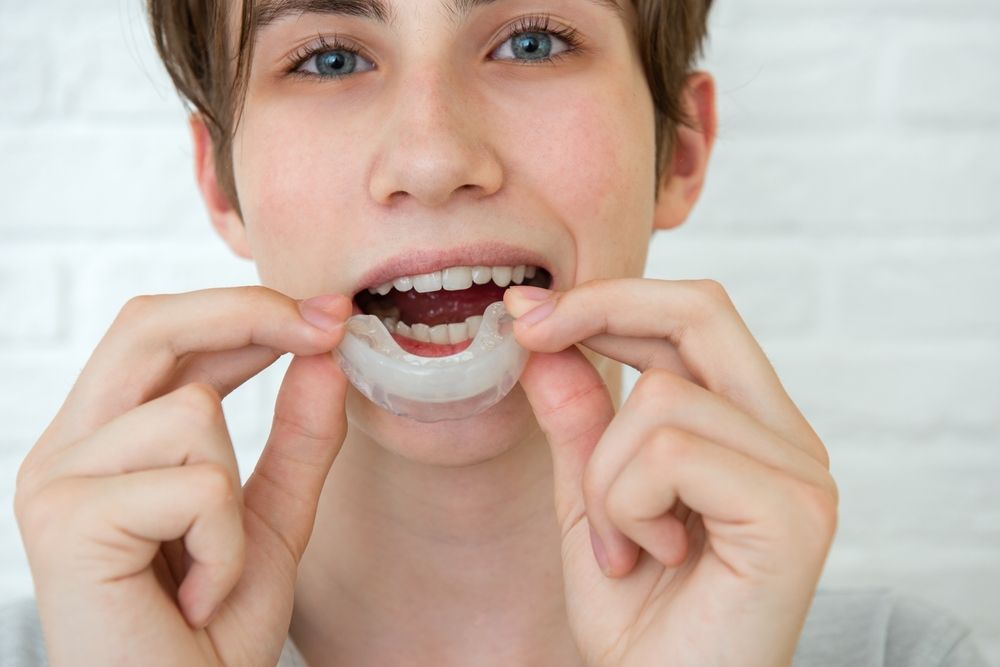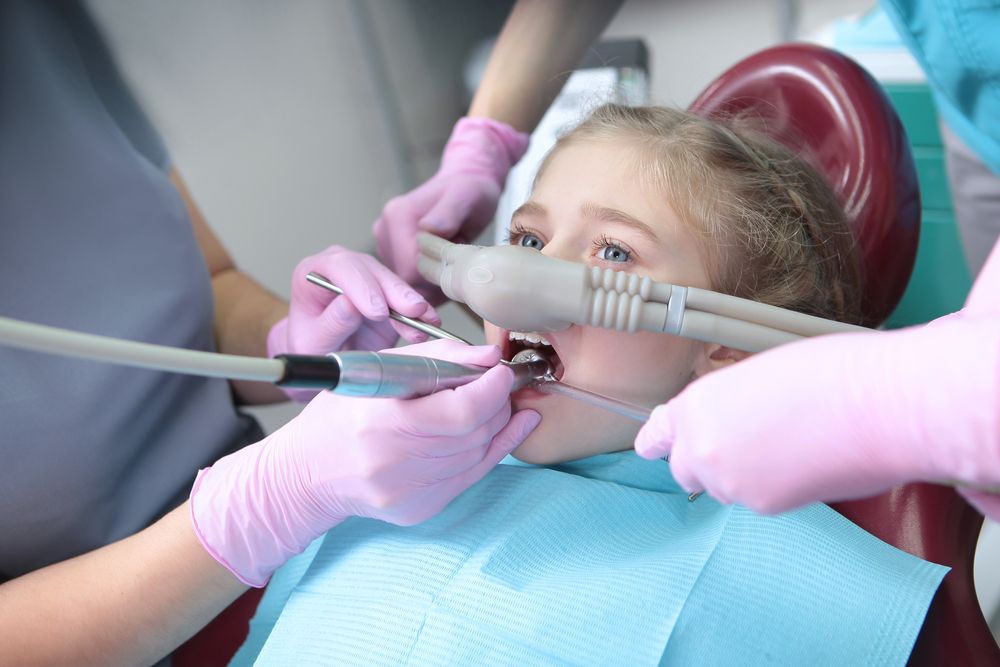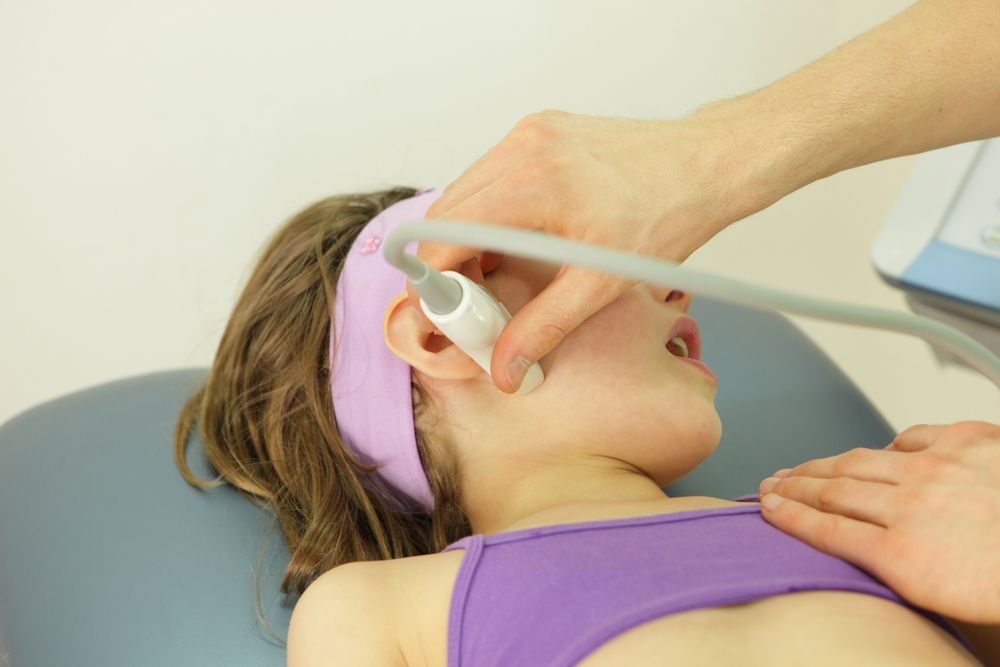Choosing the right snacks for children goes beyond satisfying hunger or cravings — it plays a significant role in maintaining healthy teeth and gums. Many popular snacks, especially those high in sugar and starch, contribute to the formation of plaque and increase the risk of cavities. Teaching children and parents about tooth-friendly snack options can encourage better eating habits that protect oral health while still being tasty and enjoyable. Families in San Jose, CA, and other communities can benefit from understanding which snacks support strong teeth and how to incorporate them into daily routines.
Snacking is a natural part of childhood, fueling energy for active play, learning, and growth. However, the frequency and type of snacks consumed can impact the mouth’s environment. Frequent exposure to sugary or sticky foods encourages harmful bacteria that produce acids, eroding tooth enamel and leading to decay. In contrast, snacks that are low in sugar, high in nutrients, and promote saliva production can help neutralize acids and strengthen teeth. This blog explores a variety of tooth-friendly snacks, tips for healthy snacking habits, and how parents can create a balanced approach to children’s nutrition and oral care.
Understanding the Impact of Snacks on Oral Health
The mouth is constantly exposed to food particles and bacteria, which interact to influence dental health. When children eat sugary or starchy snacks, bacteria feed on the sugars and produce acids that attack tooth enamel. Over time, repeated acid attacks weaken enamel, resulting in cavities and gum irritation.
Sticky and chewy snacks like candies, dried fruits, and granola bars tend to cling to teeth longer, prolonging acid exposure. Likewise, frequent snacking without breaks gives little time for saliva to wash away food debris and neutralize acids. Saliva plays a natural protective role by buffering acids, supplying minerals to repair enamel, and washing away bacteria.
In contrast, snacks that are low in fermentable carbohydrates and high in fiber or water content help reduce acid production. Foods that require chewing stimulate saliva flow, which further protects teeth. Understanding how snacks influence the oral environment helps parents select options that minimize risk and support gum and tooth health.
Examples of Tooth-Friendly Snacks for Children
Choosing tooth-friendly snacks doesn’t mean sacrificing flavor or fun. Many nutritious options are both delicious and beneficial for children’s dental health. Some excellent snack choices include:
- Fresh fruits and vegetables such as apple slices, carrot sticks, cucumber, and celery. These crunchy foods help clean teeth surfaces and stimulate saliva.
- Cheese and yogurt provide calcium and phosphate, essential minerals for strengthening tooth enamel.
- Nuts and seeds offer protein and healthy fats without added sugars.
- Whole-grain crackers or rice cakes paired with hummus or nut butter add fiber and nutrients without excess sugar.
- Hard-boiled eggs or lean meats provide protein and vitamins important for overall health.
Incorporating water, especially fluoridated water, as the primary beverage between meals supports oral health by rinsing away food particles and maintaining hydration. Limiting juice and sugary drinks reduces the risk of acid attacks.
Encouraging children to enjoy a variety of these snacks ensures balanced nutrition while protecting their teeth.
Tips for Healthy Snacking Habits
Beyond selecting tooth-friendly foods, the way children snack also matters. Limiting the frequency of snacking helps reduce the number of acid attacks on teeth. It’s better to offer snacks at set times rather than constant grazing throughout the day.
After eating, encouraging children to rinse their mouth with water or brush their teeth when possible helps clear food residue and reduce bacterial buildup. When brushing immediately isn’t feasible, chewing sugar-free gum can stimulate saliva and help neutralize acids.
Parents can involve children in snack preparation, making healthy choices more appealing and educational. Presenting snacks in fun shapes or colorful arrangements makes nutritious options exciting.
Teaching children the connection between snacks and dental health empowers them to make better choices independently. Reinforcing the importance of oral hygiene alongside healthy eating builds a comprehensive approach to prevention.
Addressing Common Snack Challenges
While many tooth-friendly options exist, parents may face challenges such as picky eating, busy schedules, or limited access to fresh foods. Offering a variety of choices and gradually introducing new foods helps children expand their palate over time.
For on-the-go situations, portable snacks like cheese sticks, nuts (if no allergy concerns), or pre-cut veggies in containers make healthy options convenient. Planning and preparing snacks ahead can reduce reliance on less healthy processed foods.
Educating caregivers, teachers, and family members about tooth-friendly snacks encourages consistent habits across environments. Creating a supportive network around the child reinforces positive messages about oral health.
It’s important to remember balance and moderation. Occasional treats can be part of a healthy lifestyle when paired with good oral hygiene and regular dental checkups.
Conclusion
Selecting tooth-friendly snacks for children is an important step toward protecting their smiles and overall health. By choosing nutrient-rich, low-sugar foods that encourage saliva flow and minimize acid attacks, parents can help children develop habits that promote strong teeth and healthy gums. Limiting snacking frequency, encouraging water intake, and fostering fun and educational snack experiences support lasting dental wellness.
Families in San Jose, CA, can integrate these snack tips with regular dental care to ensure their children enjoy happy, healthy smiles throughout childhood and beyond. Empowering children with knowledge and options helps create a positive foundation for lifelong oral health.
Resources
Twetman, S. (2009). Prevention of Early Childhood Caries (ECC) — Review of Literature Published 1998–2007. European Archives of Paediatric Dentistry.
American Dental Association. (2022). Nutrition and Oral Health. ADA Oral Health Topics.
Moynihan, P. J., & Kelly, S. A. (2014). Effect on Caries of Restricting Sugars Intake: Systematic Review to Inform WHO Guidelines. Journal of Dental Research.





